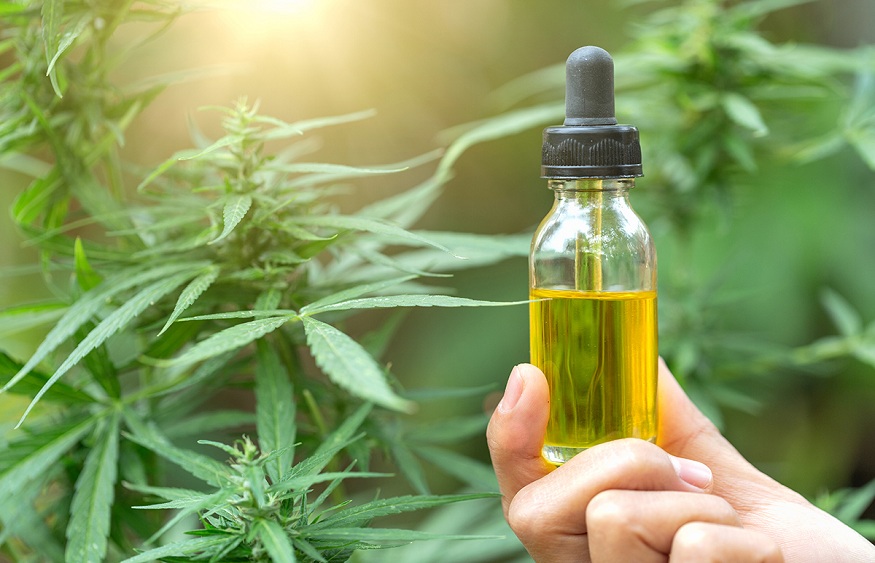THC, or Tetrahydrocannabinol, is the predominant psychoactive compound in cannabis responsible for the “high” feeling. But, beyond inducing euphoria, THC interacts with the body’s endocannabinoid system to provide far-reaching restorative effects. Specifically, THC binds to CB1 and CB2 receptors concentrated in the brain, central nervous system, and immune tissues. This regulates pain perception, inflammation, and cognitive processes to safely and effectively ease various pain conditions.
Deciphering how THC eases pain
Several pharmacological effects are attributed to THC’s ability to minimize pain.
- Anti-inflammatory – THC curtails inflammatory chemicals that trigger swelling, nerve irritation, and discomfort. This provides widespread pain relief.
- Pain blocking – Spinal and peripheral nerves contain cannabinoid receptors. THC activates these to inhibit pain signal transmission to the brain, offering region-specific alleviation.
- Improved Sleep – Quality rest empowers healing and pain resilience. THC’s sedative qualities pave the way for deeper REM sleep.
- Elevated Mood – THC stimulates dopamine and serotonin release, lifting spirits and outlook despite challenging circumstances.
While THC alone is potent medicine, pairing it with CBD creates even better therapeutic results. CBD is the non-intoxicating sister compound in cannabis that contains relaxing, clarifying, and renewing properties. Using CBD oil alongside THC oil allows one to administer stronger overall cannabinoid doses with fewer unwanted THC side effects like anxiety or fuzzy thinking. CBD also extends THC’s pain-relieving duration in the body for less frequent dosing.
Administering THC oil
Managing pain with THC oil requires finding one’s “minimum effective dose” the smallest amount that provides meaningful relief. General dosage guidelines recommend starting with 2 to 5 mg of THC for mild pain or 10 to 20 mg for more severe pain. However, everyone’s response time differs based on weight, biology, and tolerance. It’s best to “start low and go slow” until the perfect personal dose level emerges.
Most direct their thc oil for pain dose under the tongue for quick entry into the bloodstream. Others ingest it with food and drinks or apply it topically with infused lotions. Vaporizing and smoking THC oil enters the system almost instantly for crisis-level pain episodes. Maintaining a pain journal, in which symptoms are recorded and dosages are recorded, is helpful for effective self-management. The therapeutic effect of THC can be amplified by combining it with other forms of treatment, such as massage, acupuncture, meditation, yoga or psychotherapy.
Future of pain relief
Rather than numbing pain with risky pharmaceuticals, THC oil remedies the underlying inflammatory, nervous system, and immune causes for long-term healing. Extensive research confirms THC and other cannabis components as safe, non-toxic alternatives for chronic pain treatment. If living with constant discomfort and pain interference, consider adding THC oil to your wellness regimen. When mindfully used, THC-based formulas hold the exciting potential to help one regain comfort and quality of life. For many suffering patients, THC oil provides hope where other options have disappointed. Its ability to gently elevate both body and spirit through nature’s pharmacy represents the coming of a new era in compassionate, progressive pain relief.



